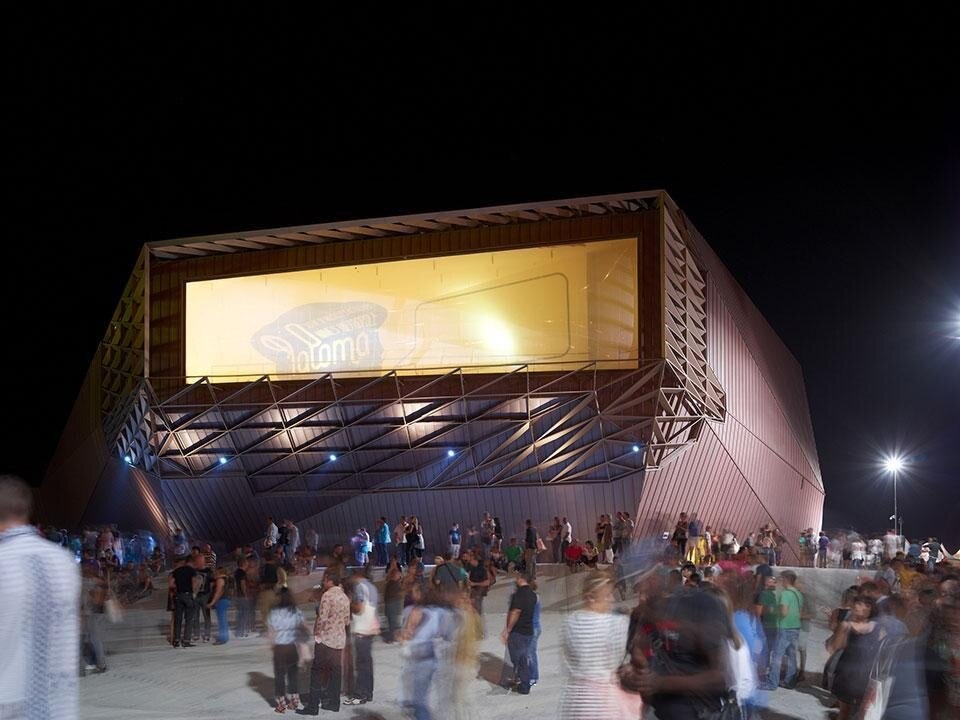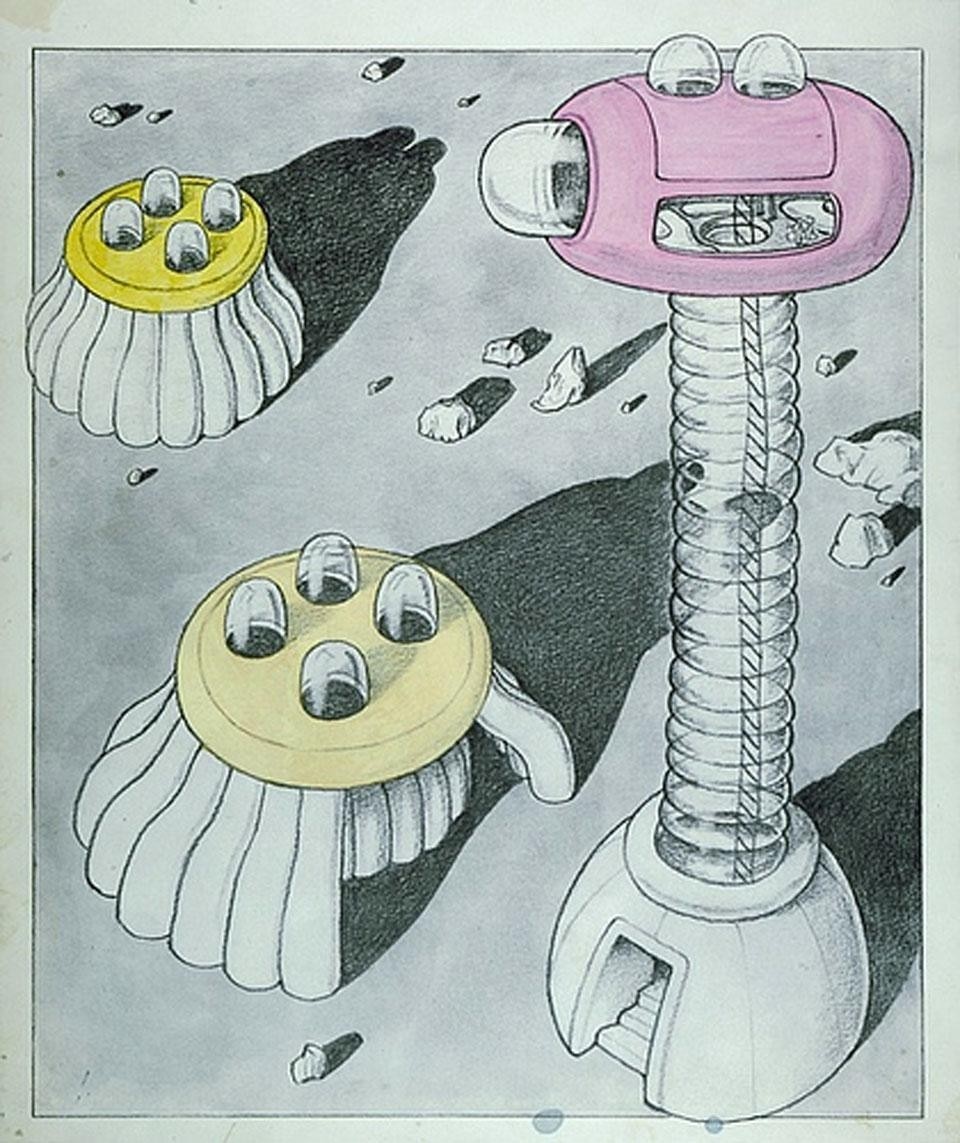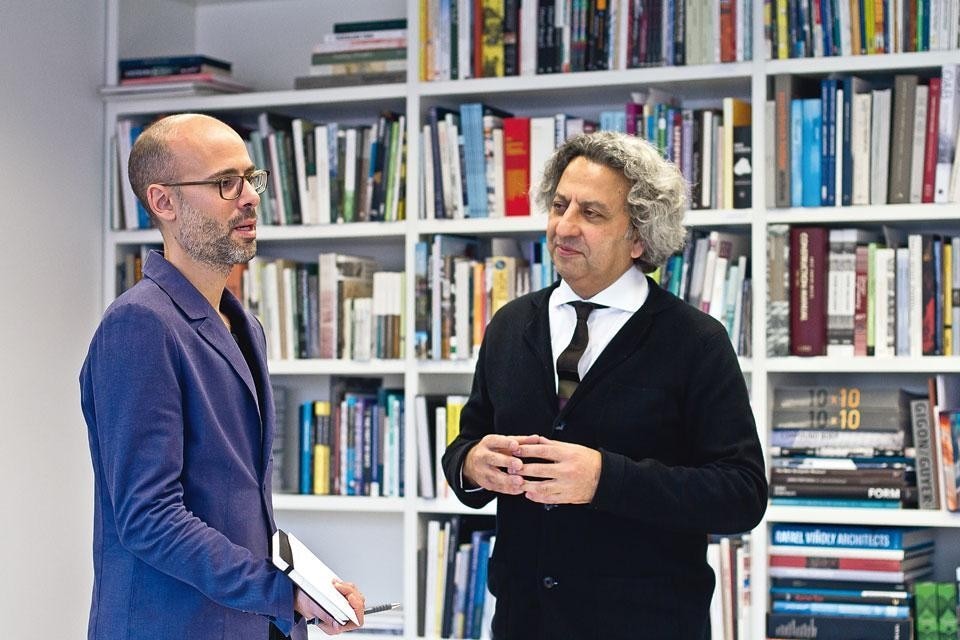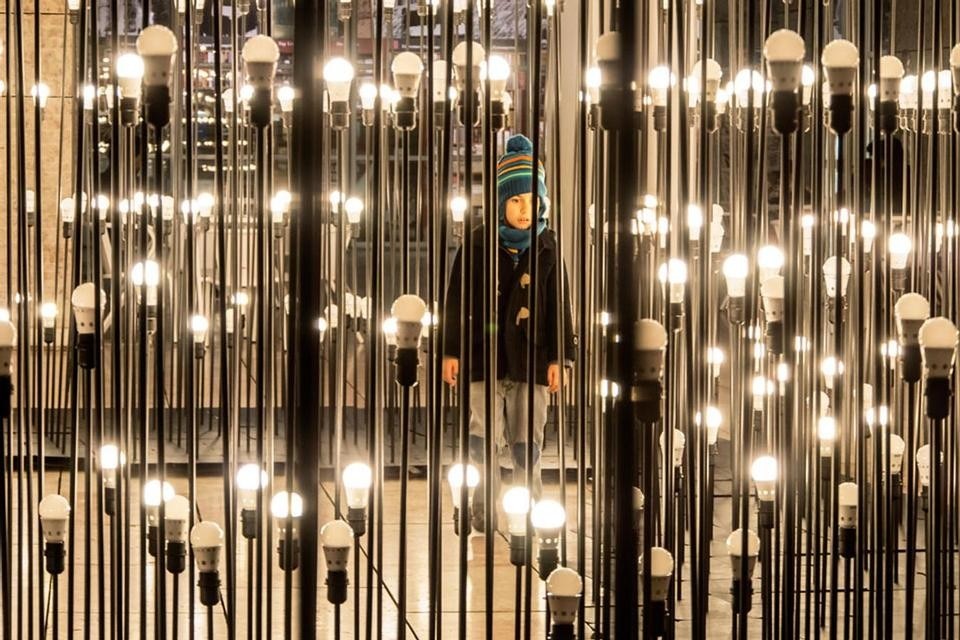From New York, Florian Idenburg wonders if the existing architectural landscape could be the instigator or catalyst of the new, triggering new relationships, and intensifying our subjective experience of space. And in Cambridge, Justin McGuirk and the the Dean of Harvard's Graduate School of Design, Mohsen Mostafavi, question if design is outweighing architecture as a service to society.
Like Architects: LEDscape
A news report from Lisbon
Young Portuguese studio Like Architects have created a temporary installation for Ikea at the Belém Cultural Centre in Lisbon, Portugal. After completing a series of installations that combined and multiplied simple components found in Ikea to stunning effect, the studio was invited by the Swedish brand to introduce the new Ledare light bulb to the general audience. The resulting installation is titled LEDscape, and combines 1,200 Ledare lightbulbs and 1,200 Hemma floor lamp bases in diverse heights. Like Architects have created an alternative landscape and a maze of light, while seeking to invite introspection and an individual appropriation of the installation.
[ Read the full article ]

A news report from Nimes
Nantes-based architecture studio Tetrarc Architectes have recently completed the Paloma contemporary music complex in Nimes, France. Located at the entrance of the city, close to a low-rise building district, the complex consists of two concert halls, twelve rehearsal and recording studios, six accommodation areas for performers in residence, offices and technical facilities. The architects have designed a muscular polyhedron clad in zinc, interrupted by a giant screen which announces performances and upcoming events. Inside, Tetrarc chose to work with yellow and purple, embedding it into the foyer, stairs, patio and the entrance of the halls.
[ Read the full article ]

An architecture report from Milan by Elisa Poli
The map is the protagonist in the latest exhibition curated by Gianni Pettena for the Galleria Giovanni Bonelli and marks the launch of the gallery's Milan outpost. The map is at the centre of the tale that unfolds through six important voices, connected thanks to a geographic instrument. Raimund Abraham, Hans Hollein, Max Peinter, Walter Pichler, Ettore Sottsass and Pettena himself run into one another on an imaginary plane between Bolzano and Vienna, in that Mitteleuropa they all originate from. Each of these six protagonists was born within a fifty-kilometre radius of each other, as if an imaginary compass had marked, ab originem, the intellectual friendships that form this gallery of human and professional portraits. The map traces unexpected trajectories of kinship and brotherhood (Peinter and Sottsass were first cousins); describes in detail shared attitudes and passions; explores under the microscope reports and stories that, due to the sporadic knowledge of the sources, we risk losing track of.
[ Read the full article ]

An interview from Cambridge by Justin McGuirk
It is clear that design agencies have successfully packaged a methodology that the business sector finds attractive. At the same time, what we think of as "design" has been completely reshaped by its influence not just on the material aspect of our lives but also at the structural level, in everything from software to services and infrastructure. With that kind of influence, and with design arguably proving more successful than architecture at selling itself as a service, it is no wonder that the GSD would want to live up to its name. Having said that, the series began on fairly safe ground, exploring furniture and interiors as an extension of "spatial practice". With a line-up of speakers that included designers such as Jonathan Olivares, curators and gallerists such as Murray Moss and senior figures at Knoll and Herman Miller, the question was how do you define a design practice? What distinguishes the two disciplines? And what can architecture education gain from a closer relationship with its cousin?
[ Read the full article ]
It's about time all over again
An op-ed from New York by Florian Idenburg
In an accelerating world, creative destruction strips increasingly more constructs of their cultural meaning, and at an increasingly rapid pace — be it due to natural or economically volatile conditions. These forces leave their mark. One can argue that this is not a new condition. For centuries architects working in cities have dealt with historic settings. But now the remnants of previous occupants are not the prized relics of past civilisations — part of the "12 per cent preservation regime", as termed in Cronocaos by AMO. Instead, the growing pile of leftovers amount to just plain stuff: walls, pipes, struts, lintels and cornices. Moreover, sites come not only with material residue but also emotional baggage: endearing vistas, semi-successful symmetries, idiosyncratic portals, little design adjustments, site conditions, aspirations gone awry.
[ Read the full article ]


